There’s a feral spirit that calls you to be outside, even in the thirty degree air. You can feel the wildness of this place as you notice the mangle of the briers that overtake the river bank and the untamed twitter of the robins and jays as they argue with the grackles. Beyond that is the river, following a snaking path through the frozen branches of pin oaks, red oaks, water chestnuts, cypress and gums that tower over the thick palmetto floor glistening with frost.
We keep a camp near Newellton at Flower’s Landing, on the banks of the Tensas River, and I like to visit it in the quiet of January. It’s nothing special, a mobile home with a metal cover, much like the others littering the natural scenery of the riverbank. To get to it we pass Aunt Nita’s house and pond, Flowers Landing Baptist Church, and the brick house my daddy built on the land where I was raised, now owned by a large farming company. I look at it all with aged eyes but see it with the eyes of youth, like a spotlight shining on what is, but seeing what was.
The wild was there in the 1960s, and was hunted by my family. Although my daddy held other jobs and farmed, he continued to harvest much or our food from the woods and waters of the Tensas River, just as he had as a boy in the 1940s. I see hides stretched on the shed, venison being cleaned, processed and packaged, and fishing nets full of a catch from the river. We fought the wild plants like cockleburs, Johnson grass, and goat weed that were constant targets of our hoes in the garden and the cotton fields, along with the palmetto that grew thick in the woods and crept ever closer to our property.

coon hides 
skinning a deer 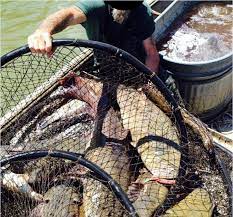
fish in nets 
My daddy, Charlie Willhite home from hunting
https://www.pinterest.ca/pin/473229873346683593/https://www.bonecollector.com/deer-processing-101-complete-field-to-table-guide/https://www.netsandmore.com/images/hoop%20net%20photos/BillNelson5_300.jpg
Gone are the barefoot kids of the 1960s who were free of fence, or yard, or electronics. Whose bikes and motorbikes traveled the dirt turn rows and gravel roads in summer, with no particular purpose other than play. Whose voices rang as they swam in the river at the landing, or jumped on the loaded trailers of cotton in the fall that were parked by the fields. Today I see the dust on those toes, feel the sweat of a hot day on that brow, and hear the sounds of laughter and siblings bickering. I catch a glimpse of waking on a frosty morning like today, huddling by a space heater to get dressed, and seeing my breath as I walk to the school bus.
The black delta land that stretches up and down the Tensas River has been the same for thousands of years, previously farmed by indigenous people, The Taensa, then by slaves, and now by modern machinery and chemicals, it borders one of the largest game reserves in the Mississippi Delta. Stretching over nearly 80,000 acres, the Tensas River National Wildlife Refuge is home to the Louisiana black bear, eastern wild turkeys, white tailed deer, American alligator, and more than 400 other native species of birds, fish, amphibians, and fur bearing creatures. It is a remnant of the millions of acres of hardwood forest that once covered the southern Mississippi River valley. Our black dirt, (sometimes called “buckshot”), farm along the river at Flowers Landing was home for my family, alongside the wild.
https://www.americaslibrary.gov/jb/jazz/jb_jazz_weevil_3_e.html
https://depositphotos.com/33461337/stock-photo-woman-hoeing-weeds-in-the.html
https://fineartamerica.com/featured/cotton-picker-in-action-underwood-archives.html
https://mississippiencyclopedia.org/entries/cotton-gins/https://images.fineartamerica.com/images-medium-large-5/cessna-crop-duster-underwood-archives.jpg
Cold bites my nose as I head for the comfort of our camp, a hot meal and a warm bed. As the night settles in, the wild makes itself known in the howls of far away coyotes and calls of the barred owls, and sleep is slow in coming. Some cold creature scrambles under the trailer, searching for the warmth of the heat ducts, as I doze off after midnight. Morning brings coffee and a hot shower before we close up the camp. One more walk outside and I gaze at the house across the way that was my grandparent’s, now my brother’s camp.
They were the pioneers of my family, taking a chance that they could make a better life than the one offered in West Monroe at the time, they moved with nine children to the wilderness of Tensas in the 1930s. They cut trees and sawed them for lumber, hunted, fished, and farmed to feed the hungry mouths that, before long, numbered twelve. Towering pecan trees they planted stand between the camps where the pasture once offered grazing for their cattle. The unkempt trees and gnarled vines that cover them stand silent, waiting for the energy of spring.
The warmth of our car surrounds me as we follow the road towards home, as I switch on the seat heat, then check the messages on my phone. Frozen fields glisten in the emerging sunlight, while white smoke curls into the morning sky from the nuclear power plant churning in the distance on the Mississippi River. Nothing is growing on this January day, or is it? My eye finds the green spikes of a palmetto crouching on the edge of the field and I’m drawn back to the spotlight that illuminates the past.
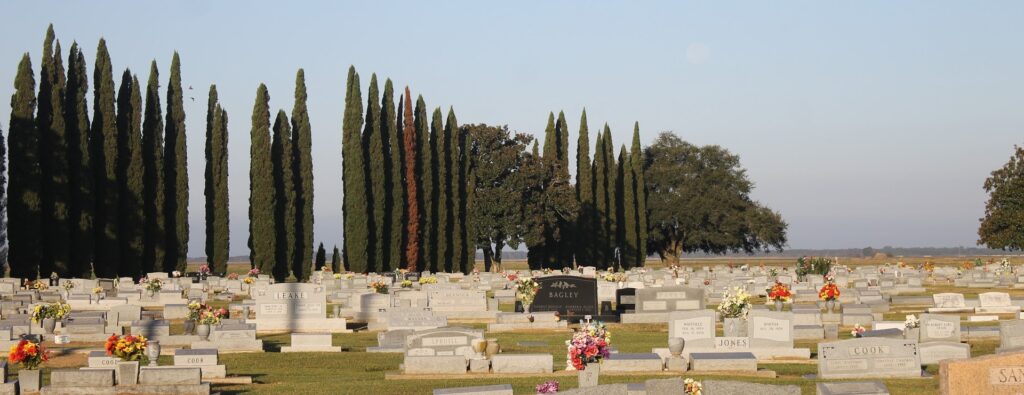
As we pass Legion Memorial Cemetery outside of Newellton, the ornamental cypress trees stand like sentinels over the gravestone that bears his name, WILLHITE, James M. (April 10, 1894 -June 17, 1983), and the name of his life long love, Etta Mae Hart (Jan. 19, 1900 – Oct. 10, 1992), but there’s much more to know about the dashes between their birth dates and deaths. What power gave them strength of mind and body through wars, pandemics, floods, and economic depression? Where did their help come from, staying married for more than six decades and raising a dozen children to adulthood, with no conveniences that we view as essential today, and despite the challenges of poverty, tragedy, alcoholism, and health issues? Who among them had a faith so strong that it led to the founding of a church that is still active today? The answers are a story that begs to be told.
“It contained all kinds of four-footed animals, as well as reptiles and birds. Then a voice told him, “Get up, Peter. Kill and eat.”
Acts 10:12-13

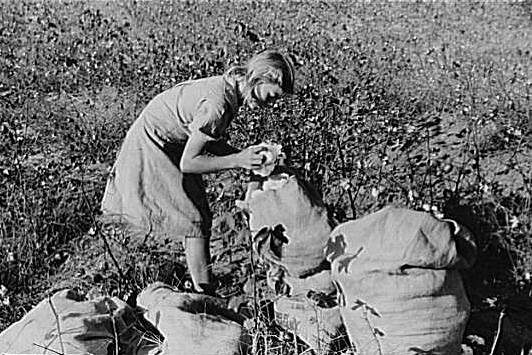
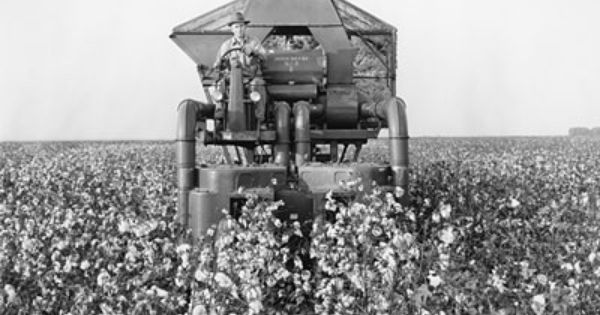


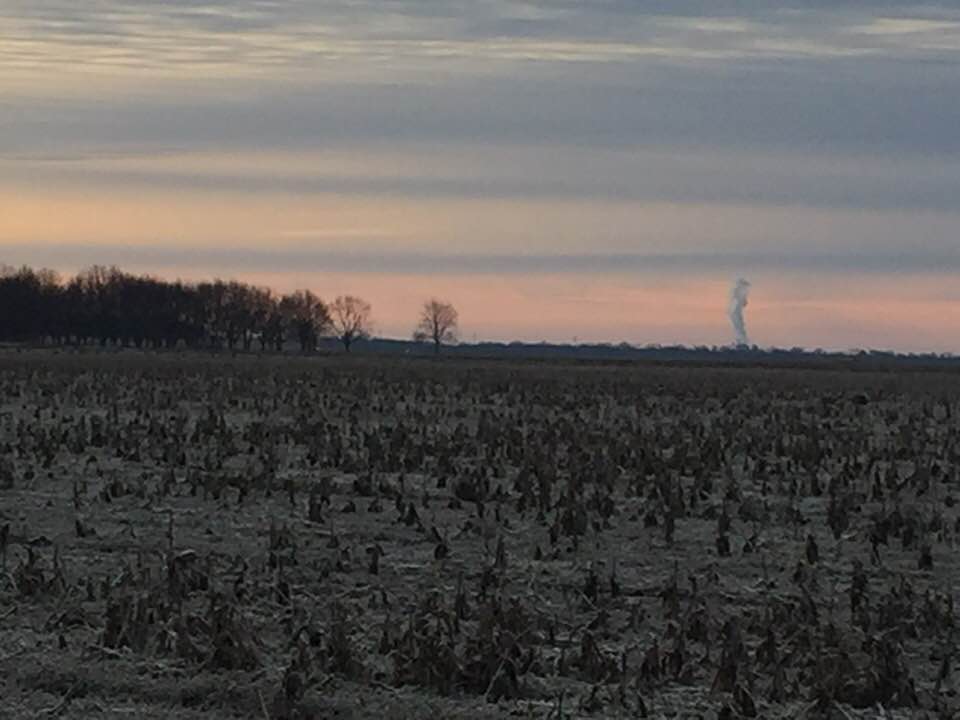
Recent Comments